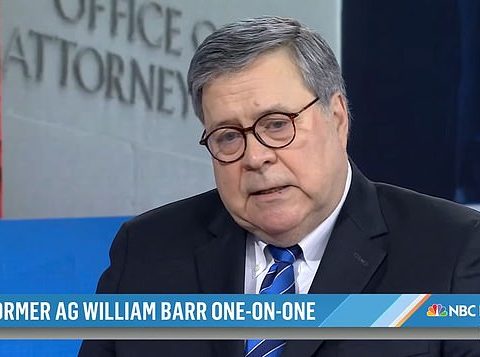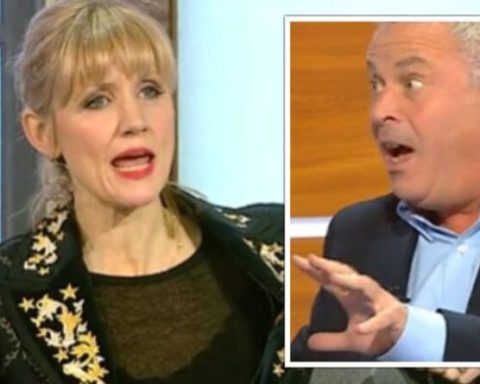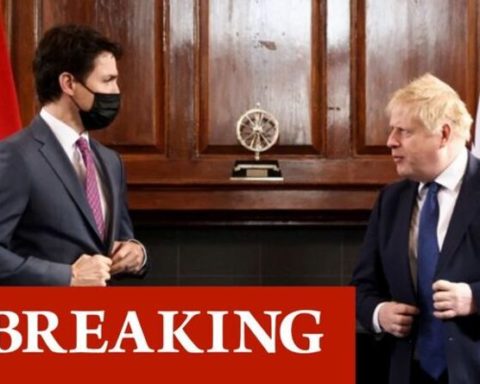Nationwide elections are due to be held in a matter of days with all major political parties hoping they could make council gains. The May 6 elections will be the first real electoral test for new Labour leader Sir Keir Starmer, whose predecessor Jeremy Corbyn faced a devastating defeat in the 2019 election.
Voters head to the polls on Thursday, May 6, across England, Scotland and Wales to cast their ballots in calm national, mayoral and Police and Crime Commissioner elections.
An estimated 28 million people will be eligible to head to the polls to vote in about 4,650 officials.
The elections in England are not related to parliament, but instead, decide who runs local councils which have the power over local services – with a total of 143 councils due to be decided on May 6.
Local elections are important as councils provide a wide variety of important services to their municipalities including the enforcement of federal, state and local laws in different communities.
The most important areas which are governed by local councils including public health, traffic, parking, animal management, social care, schools, housing, planning and waste collection.
Lesser-known responsibilities include licensing, business support, registrar services and pest control.
READ MORE: Nicola Sturgeon shamed for losing ‘jobs overseas’ in furious attack
The change inviting intention from the 2016/2017 vote to now indicates a rise of 13 percent for the Tories, with a fall of four percent for the Labour Party.
YouGov made three projections: lower estimates, central estimates and upper estimates.
According to these figures, the Tories are on track to win an additional 69 as a minimum or potentially up to 122 additional council seats.
Meanwhile, Labour is on track to lose up to 88 seats, or as a minimum 35.
The seats Labour is predicted to lose to the Tories include Dudley, Northumberland and Derby.
Labour also looks likely to lose the former strongholds of Bury, Hyndburn and Lincoln, where projections are currently too close to all.
In addition, threatened majorities in Sheffield, Warrington and Wolverhampton are also at risk.
YouGov has projected each of the following largest parties after the vote on May 6:
- Bolton: Conservative [from Labour]
- Bradford: Labour [no change]
- Burnley: Labour [no change]
- Bury: Labour [no change]
- Derby: Conservative [no change]
- Doncaster: Labour [no change]
- Dudley: Conservative [from Labour]
- Durham: Labour [no change]
- Hyndburn: Likely Labour
- Kirklees: Labour [no change]
- Lincoln: Leaning Labour
- North East Lincolnshire: Conservative [no change]
- Northumberland: Conservative [no change]
- Rochdale: Labour [no change]
- Sandwell: Labour [no change]
- Sheffield: Labour [no change]
- Wakefield: Labour [no change]
- Warrington: Likely Labour
- Wigan: Labour [no change]
- Wolverhampton: Labour [no change].
The Politico poll pitches Conservative Prime Minister Boris Johnson’s approval ratings as higher than his disapproval rating at 53 percent in support of the PM as of April 26.
His disapproval rating at that time was 47 percent.
Throughout the latter part of 2020, Mr Johnson’s disapproval ratings overtook his approval ratings, but in late February, his approval ratings started to improve.




